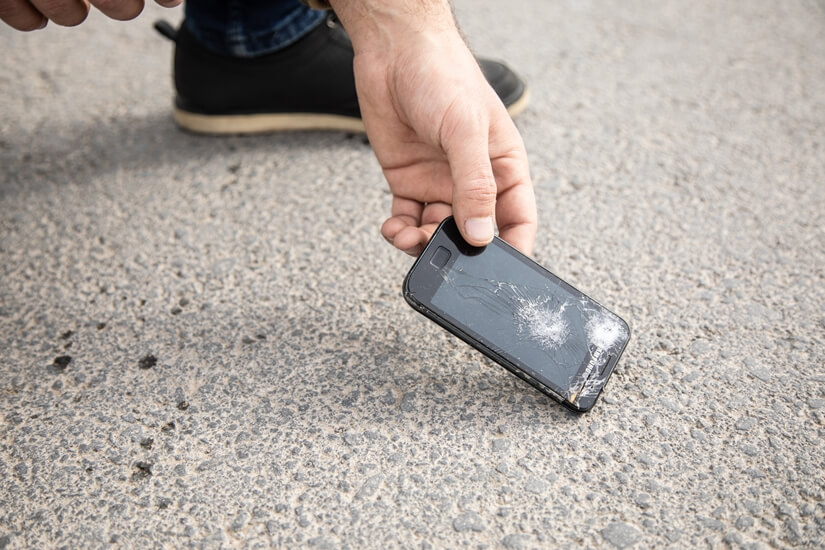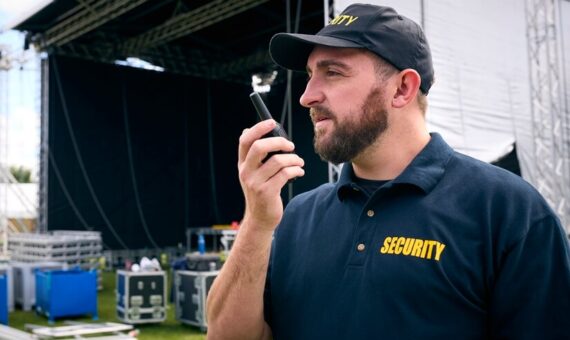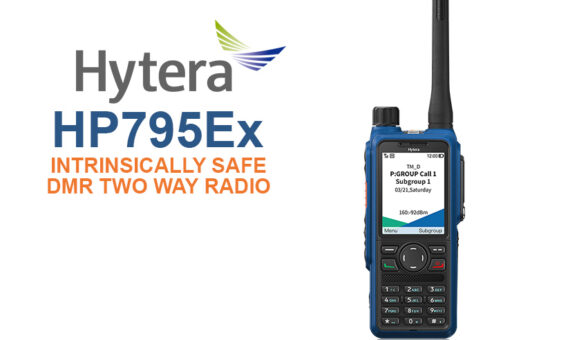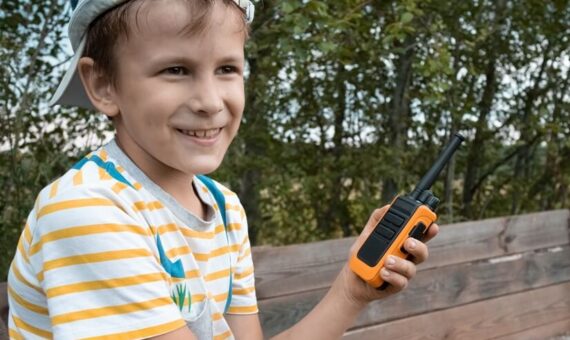In the digital age with countless communication channels, it might seem that the humble walkie-talkie has had its day. Nothing could be further from the truth!
Walkie-talkies are still the go-to communication device in a whole range of scenarios. Both for private use and for businesses, the walkie-talkie outperforms mobile phones in a number of key metrics.
Not convinced? Read on to find out why walkie-talkies have never gone out of fashion.
Comparison of walkie-talkies and mobile phones
First, let’s lay out the rules of engagement by stating what should be an obvious fact. If you want to communicate with family and friends over long distances, then a walkie-talkie is not the right tool.
But what about scenarios where either a mobile phone or a walkie-talkie can be used? In these circumstances, the story is different. The following section looks at the key metrics that can be used to decide whether a walkie-talkie or mobile phone is best for your communication needs.
1. Ease of communication
Over ranges of up to a few miles, then walkie-talkies are the hands-down winner when it comes to ease of communication. Put simply, to communicate with a walkie-talkie, you press the transmit button, and you are communicating.
With a mobile phone, you need to unlock the phone, bring up the right app, find the contact, dial them, and wait for them to answer.
Another aspect of communication that walkie-talkies make easy is one-to-many broadcasts. This is not possible with mobile phones, at least not without third-party apps on each phone in the group.
2. Ruggedness
Modern smartphones are technological marvels. However, look at them the wrong way, and the screen shatters. Okay, this might be something of an exaggeration, but the point is valid. Particularly in workplaces or in outdoor environments, all but specially fortified mobile phones are quite useless – Water and dust ingress, the screen not working in the rain, and everyday rigours of harsh environments make smartphones unsuitable in many places.
Compare this to a walkie-talkie like the Motorola T92. Although far from being a top-of-the-range model, this is built to function in the worst conditions. It is rated as IP67, which means it will withstand complete submersion in a metre of water for up to 30 minutes. Not that this should be a problem, as it is also designed to float!
3. Cost
A halfway decent mobile phone will cost upwards of €250. Move to the top of the range models, and the cost rises to €1000 and more. Compare this against walkie-talkies, and the size of the price gap becomes apparent.
For instance, excluding Vat, you can purchase a pack of four Motorola T82 Extreme walkie-talkies for about the same price as a single reasonable mobile phone. The gap widens as the comparison is drawn against higher-end models. As an example, the Kenwood TK-3701DE digital and analogue walkie-talkie is a feature-rich and waterproof model. The cost – A mere €269.37.
Then there are the operating costs. A mobile phone will require a contract or at least frequent top-ups to ensure it works. This doesn’t apply to walkie-talkies, once you have bought your handset, the costs are over.
4. Clarity of communication
The quality of the audio in mobile phone calls can be hit and miss – to put it kindly. Compare this to the clarity of audio that walkie-talkies offer. Particularly when operating within their ideal range, walkie-talkie audio clarity is consistently better than that of mobile phones.
The audio also improves if you opt for a digital walkie-talkie solution. The clarity of a digital walkie-talkie has to be heard to be believed. They can even remove disturbing background noise to further clarify and amplify the audio.
5. Signal
Walkie-talkies are not reliant on a mobile signal to work. This means that for many rural areas and marine environments, the only realistic choice is a walkie-talkie. For hikers, farmers, and foresters, one of the main disadvantages of mobile phones is the sparsity of signal they are often faced with. Walkie-talkies do not suffer from this disadvantage, as long as you are within the range of other radios, they will continue to function.
6. Safety
There is no doubt that both these devices are great boons when it comes to safety. However, many walkie-talkies have built-in safety features that can greatly and easily enhance safety, particularly in the workplace.
These features include:
- Man down function
- Emergency button
- Lone worker feature
7. Battery Life
Mobile phones are notoriously hard on their batteries. Chuck in an app or two running in the background and a quick flick through a social media feed, and the battery will be needing a boost. Walkie-talkies offer far greater battery life. Most will easily work an entire work shift on a single charge. In some instances, they can work for up to 18hrs without needing to be recharged.
Additionally, unlike mobile phones, many models are designed to allow easy swapping of the battery. This means that even when the standard duration of the battery is exceeded, a few seconds is all that is required to swap the battery and be up and running again.
Summing up
When comparing walkie-talkies and mobile phones on a level-playing field where both devices are options, there is only one winner – walkie-talkies. Walkie-talkies are a simple-to-set up, easy-to-use, and instant communication tool that outperforms mobile phones across the board.
At Walkie Talkie Solutions, we stock a massive range of walkie-talkies, including models from Hytera, Motorola, and Kenwood. Contact us today if you need any more information about how walkie-talkies can be the perfect solution to your communication needs.







